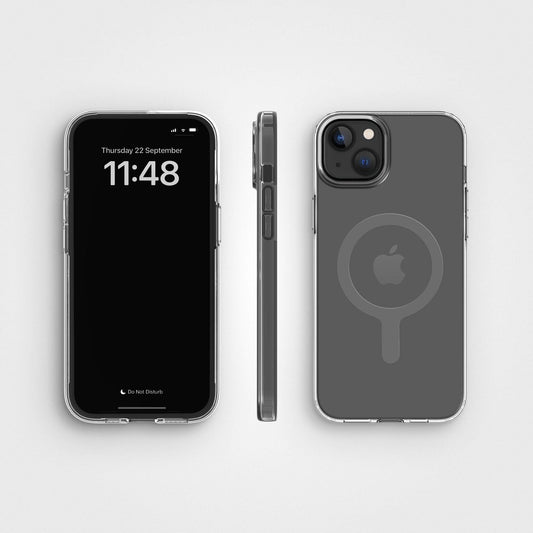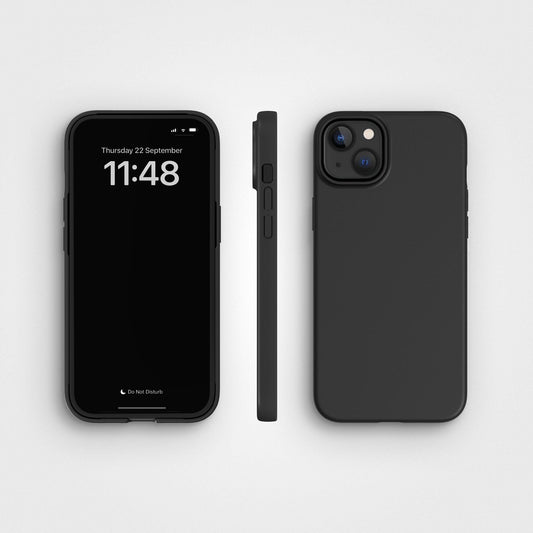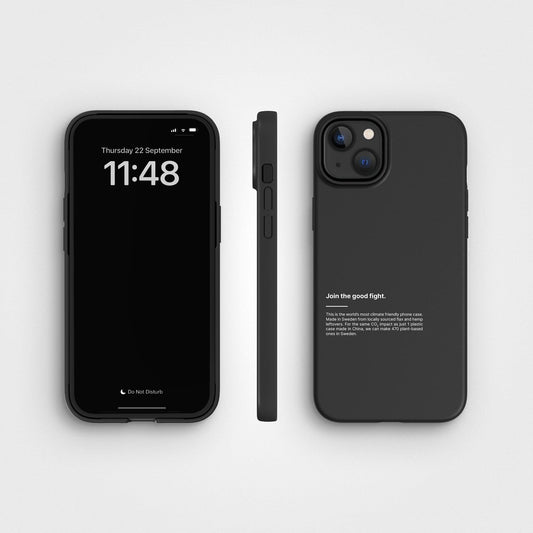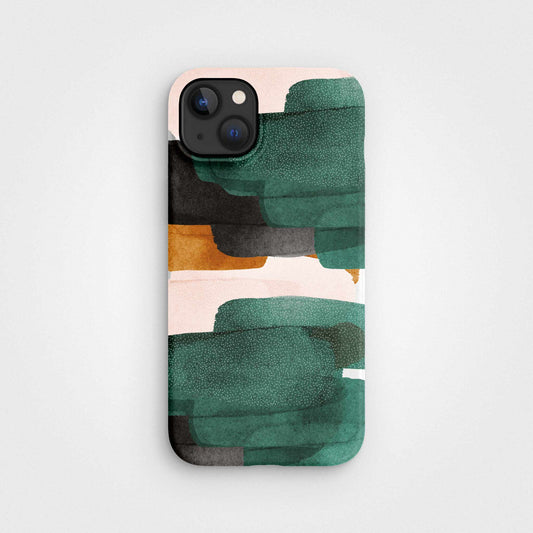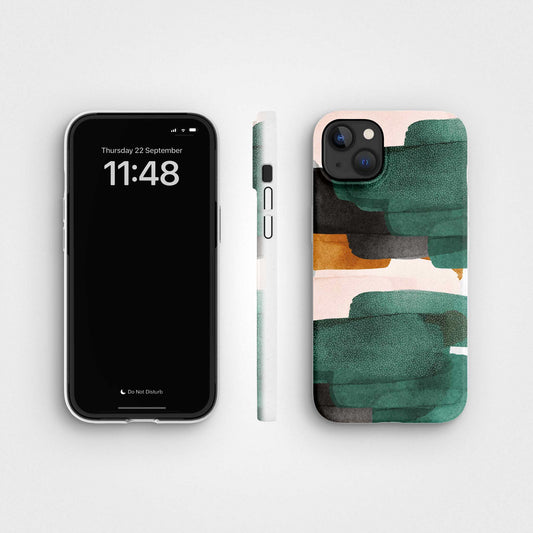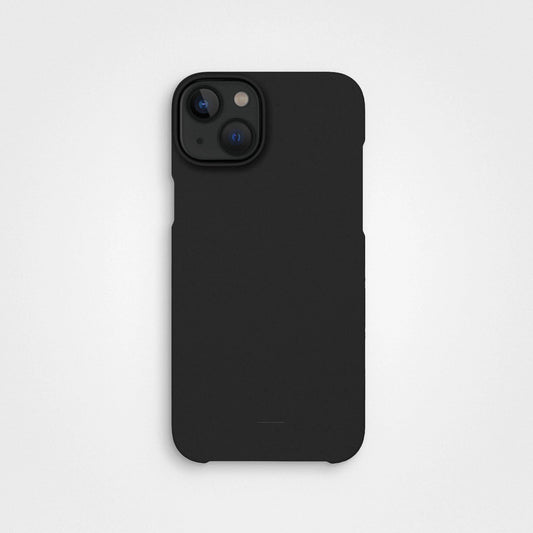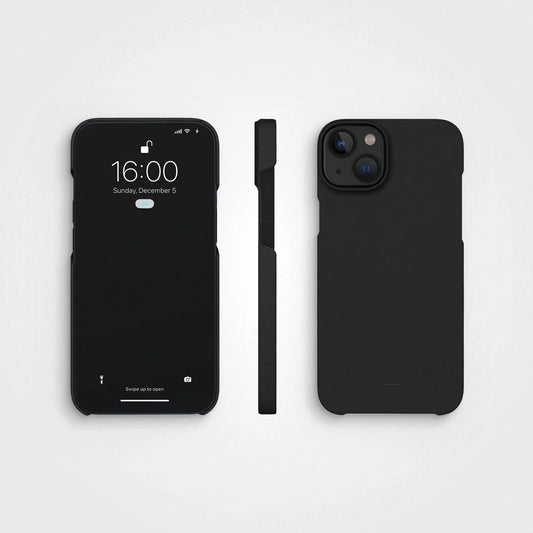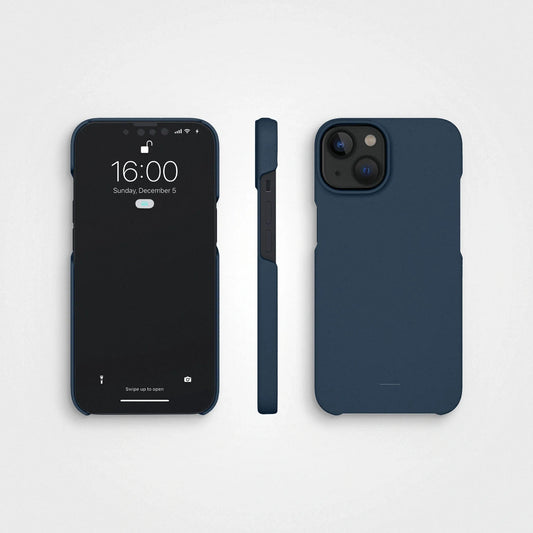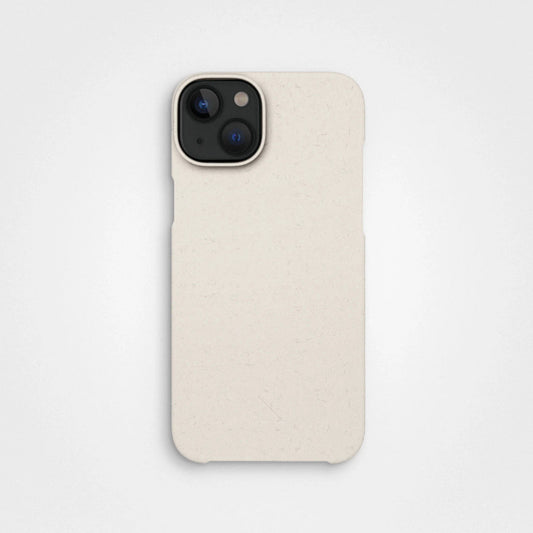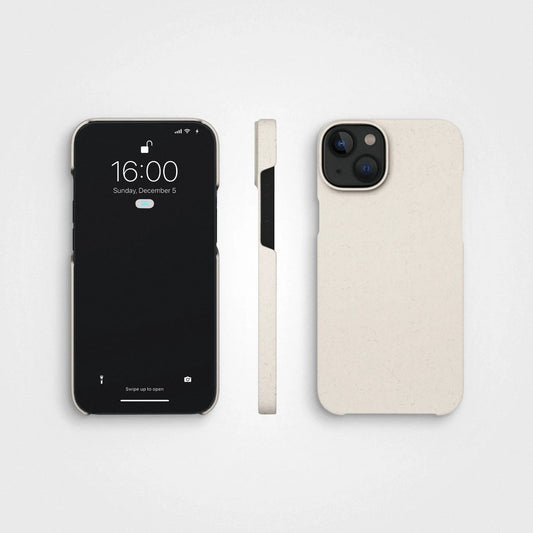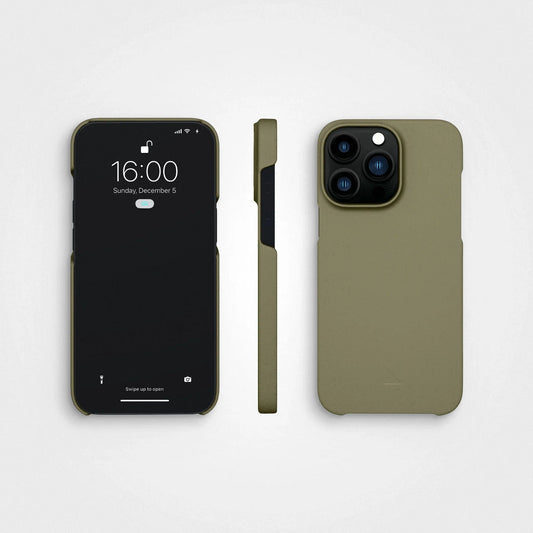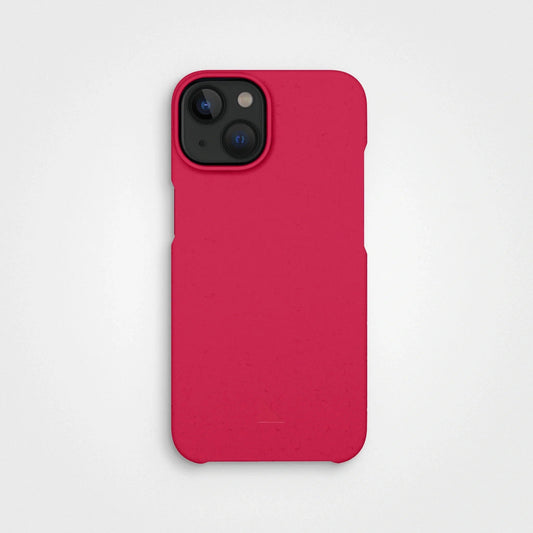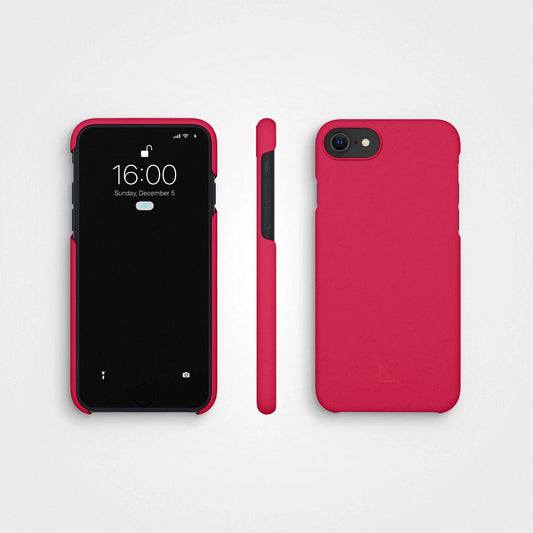Im Rahmen unseres Angebots an nachhaltigen Alltagsartikeln und Öko-Tipps widmen wir uns dem Badezimmer. Angesichts der zunehmenden Bedeutung umweltbewusster Entscheidungen ist die Umwandlung Ihres Badezimmers in einen umweltfreundlichen Zufluchtsort wichtiger denn je. Hier sind einige einfache Möglichkeiten, Geld zu sparen, Plastik zu ersetzen und Ihren CO2-Fußabdruck zu verringern, während Sie gleichzeitig so frisch und sauber bleiben.
Schnelle Links
Duschen statt Baden
Manchmal braucht es nach einem langen Tag ein luxuriöses Bad. Wenn Sie sich jedoch einfach nur ein wenig erfrischen möchten, verbraucht das Duschen weniger Wasser und Energie zum Erhitzen, was Kosten spart und Ihren CO2-Fußabdruck verringert . Die optimale Duschdauer für Ihre Haut und Umgebung beträgt fünf Minuten und auf keinen Fall mehr als zehn. Darüber hinaus kann die Einbeziehung achtsamer Duschgewohnheiten, wie z. B. das Abstellen des Wassers beim Einseifen, einen erheblichen Unterschied beim Wassersparen bewirken.
Wenn Sie mutig sind, versuchen Sie es mit einer kühlen oder kalten Dusche, um zusätzliche Ersparnisse zu erzielen. Es hat sich auch gezeigt, dass kühlere Duschen besser für Ihre Haut sind , da sie die Durchblutung anregen, Ihre Sinne beleben und für einen revitalisierenden Start in den Tag sorgen können.

Sie könnten Ihre umweltfreundlichen Bemühungen noch einen Schritt weiter gehen, indem Sie in einen Duschkopf mit geringem Durchfluss investieren. Diese innovativen Armaturen reduzieren den Wasserfluss und sorgen gleichzeitig für einen ausreichenden Wasserdruck, sodass Sie ein angenehmes Duscherlebnis haben und gleichzeitig die Wasserverschwendung minimieren. Möchten Sie erfahren , was umweltfreundlich bedeutet ? Wir bieten Ihnen umfassende Einblicke in nachhaltige Praktiken, die sowohl Ihnen als auch dem Planeten zugute kommen.
Nachhaltige Toilettenartikel für das Badezimmer
Die meisten Toilettenartikel sind aufgrund ihres Designs oder ihrer Anforderungen für den einmaligen Gebrauch bestimmt, und leider ist dies manchmal unvermeidbar, es sei denn, Sie möchten ins Tudor-England zurückkehren und Toilettenpapier teilen. Das wäre eine ziemliche Verpflichtung! In unserer modernen Zeit gibt es jedoch zahlreiche Möglichkeiten, die Umweltfreundlichkeit in Ihren Badezimmeralltag zu integrieren. Aber durch die Auswahl der richtigen Produkte können Sie Ihre Auswirkungen auf ein Minimum beschränken. Lassen Sie uns einige wirksame Strategien erkunden, die Ihnen dabei helfen, einen umweltbewussten Badezimmerraum zu schaffen.
Waschen
Die Fülle an Seifen, Duschgels, Shampoos und Spülungen, die Ihr Badezimmer schmücken kann oder auch nicht, hinterlässt alle einen ökologischen Fußabdruck – insbesondere, wenn sie in Plastikverpackungen geliefert werden. Aber so muss es nicht sein.
Sie können sie entweder gegen Ihr eigenes hausgemachtes Shampoo eintauschen und dabei einfache Zutaten wie Backpulver und Apfelessig nutzen, oder Sie entscheiden sich für eine Reihe rein natürlicher Shampoos, Spülungen und Duschriegel, wie sie von Lush sorgfältig hergestellt werden.
Zahnbürsten
Zahnärzte empfehlen, die Zahnbürste alle drei bis vier Monate auszutauschen. Zahnbürsten bestehen üblicherweise aus einer Kombination aus Kunststoff und Nylon, Materialien, die in regulären kommunalen Recyclingprogrammen leider nicht oft akzeptiert werden. Aber wenn Sie damit Ihre Zähne nicht mehr reinigen können, können Sie sie jederzeit zum Reinigen anderer Dinge wie Schuhe, Kleidung oder Fahrräder verwenden.

Oder Sie kaufen eine nachhaltige Alternative wie eine Bambuszahnbürste , die nach Gebrauch in Ihrem Garten kompostiert werden kann. Sobald die Borsten abgenutzt sind, können Sie den Bambusstiel in Ihrem Garten kompostieren und so zur Vitalität Ihres Gartens beitragen. Außerdem summiert sich jede noch so kleine Anstrengung – denken Sie daran, beim Putzen den Wasserhahn zuzudrehen, um in jedem aufmerksamen Moment Wasser zu sparen .
Zahnpasta
Zahnpastatuben gehören zu den am schwierigsten zu recycelnden Produkten der Welt, da sie im Allgemeinen aus einer dünnen Schicht Aluminium und Kunststoff bestehen. Im Durchschnitt durchläuft eine Person alle zwei Monate eine solche Erkrankung. Multipliziert man das mit dem Sechsfachen und dann mit der Zahl aller Zahnpastabenutzer weltweit, ergibt das eine Menge Abfall, die jedes Jahr auf der Mülldeponie landet. Einige Marken wie Ben & Anna haben erkannt, dass dies das Problem ist, und verkaufen jetzt Zahnpasta in Gläsern. Sie gehen auch andere Probleme an, etwa Mikroplastik.
Neben coolen Marken können auch normale Menschen dazu beitragen, den Zahnpastaabfall zu reduzieren. Sie können damit beginnen, Zahnpastatabletten oder -pulver auszuwählen, die in einer kompostierbaren Verpackung erhältlich sind. Diese Optionen reinigen Ihre Zähne genauso gut wie normale Zahnpasta, sind aber viel besser für die Umwelt. Diese Umstellung hilft nicht nur unserem Planeten, sondern ermöglicht uns auch, unsere täglichen Gewohnheiten umweltfreundlicher anzupassen.


Zahnseide
Zahnseide ist gut, aber Zahnseide aus Kunststoff ist schlecht, da Kunststoff die Umwelt erheblich schädigt . Traditionell besteht Zahnseide aus Kunststoff und kann nicht recycelt werden. Das Gleiche gilt auch für das Gehäuse. Beides landet typischerweise auf einer Mülldeponie und wahrscheinlich auch in der Nahrungskette (und damit sind wir gemeint!). Aus diesem Grund haben wir eine neue Art plastikfreier Zahnseide entwickelt, bei der das Nebenprodukt des Maisanbaus mit Candelillawachs und etwas Öl vermischt wird. Es wird in der Natur (schnell) biologisch abgebaut.
Rasieren
Einwegrasierer ersetzen häufig Zahnbürsten und Zahnpastatuben, da sie lästigerweise aus einer Mischung von Kunststoffen bestehen und aufgrund ihrer Klingen gefährlich sind. Also landen sie nach Gebrauch auf der Mülldeponie. Um dieses Umweltproblem anzugehen, lohnt es sich, über eine alternative Lösung nachzudenken. Um dies zu vermeiden, investieren Sie in einen wiederverwendbaren Rasierhobel aus Metall oder Bambus .
Wiederverwendbare Wattepads
Wir sind nicht hier, um Ihnen zu sagen, dass Sie Ihr Schönheitsprogramm aufgeben sollen, und auch nicht, dass Sie es sowieso brauchen! Aber Einweg-Wattepads sind schlecht für die Umwelt, weil:
- Baumwolle benötigt zum Wachsen große Mengen Wasser sowie Pestizide, wenn sie nicht aus biologischem Anbau stammen
- Im Gegensatz zu normaler Baumwolle zersetzen sie sich aufgrund des Bleich- und Mischprozesses nicht so schnell.
Dann ist da noch die Plastikverpackung. Aber es gibt wiederverwendbare, nachhaltig hergestellte Alternativen. Wir haben sie noch nicht getestet, aber hier ist eine Liste .

Periodenprodukte
Wie viele der oben genannten Beispiele haben sich Hygieneprodukte dahingehend entwickelt, dass sie viel Kunststoff enthalten und in der Regel für den einmaligen Gebrauch bestimmt sind, wodurch sie letztendlich die Umwelt verschmutzen. Allerdings sind auf dem Markt wiederverwendbare Hygieneprodukte erhältlich, zum Beispiel die wiederverwendbaren Damenbinden von Rovtop aus Bambus, einem nachwachsenden Rohstoff, der für seine absorbierenden und biologisch abbaubaren Eigenschaften bekannt ist.
Toilettenpapier aus Bambus
In einigen Teilen der Welt umgangssprachlich auch als „Klo-Rolle“ bekannt. Wir haben einige Probleme mit der traditionellen Toilettenpapierindustrie. Es ist ziemlich chaotisch.
Erstens kostet es die Erde rund 27.000 Bäume pro Tag; Bäume, die fröhlich Kohlenstoff aus der Atmosphäre entfernen oder Tieren ein Zuhause bieten. Einige wurden zu diesem Zweck angebaut und werden ersetzt, viele – zum Beispiel jungfräuliche Harthölzer – jedoch nicht. Zweitens werden die Bäume in einem Prozess zu Toilettenpapier verarbeitet, der viel Energie und wasserintensive Chemikalien verbraucht, die die Umwelt verschmutzen.
Aber zum Glück gibt es eine natürliche Alternative in Form von Bambus-Toilettenpapier , das dank der magischen Eigenschaften von Bambus und auch der Produktionsprozesse eine deutlich geringere Umweltbelastung hat.


Die Wahl zwischen traditionellem Toilettenpapier und Bambus-Toilettenpapier ist eine entscheidende Entscheidung für die Förderung eines umweltbewussten Lebensstils.
Abschließende Gedanken
Auf der Suche nach einer besseren Welt können auch unsere Badezimmer einen Beitrag leisten. Von schnellen Duschen statt Bädern bis hin zur Verwendung von Naturseifen und Bambuszahnbürsten ist jede Wahl wichtig. Wir mögen unsere Zahnpasta lieben, aber diese Tuben können dem Planeten schaden. Glücklicherweise helfen Alternativen wie Gläser und kompostierbare Tabletten.
Und es geht nicht nur um uns – Bambus-Toilettenpapier hilft Bäumen, Wasser und Energie. Wiederverwendbare Wattepads und umweltfreundliche Periodenprodukte zeigen, dass Bequemlichkeit der Umwelt nicht schaden muss. Vergessen wir nicht die kleinen Dinge – den Wasserhahn beim Zähneputzen zudrehen oder eine kalte Dusche versuchen, um Energie zu sparen.
Jeder Wechsel, den wir in unseren Badezimmern vornehmen, ob groß oder klein, summiert sich. Es zeigt, dass uns die Umwelt am Herzen liegt. Wenn wir also unseren umweltfreundlichen Zufluchtsort genießen, denken wir daran: Jede Entscheidung, die wir heute treffen, prägt die Welt, die wir morgen haben werden.


